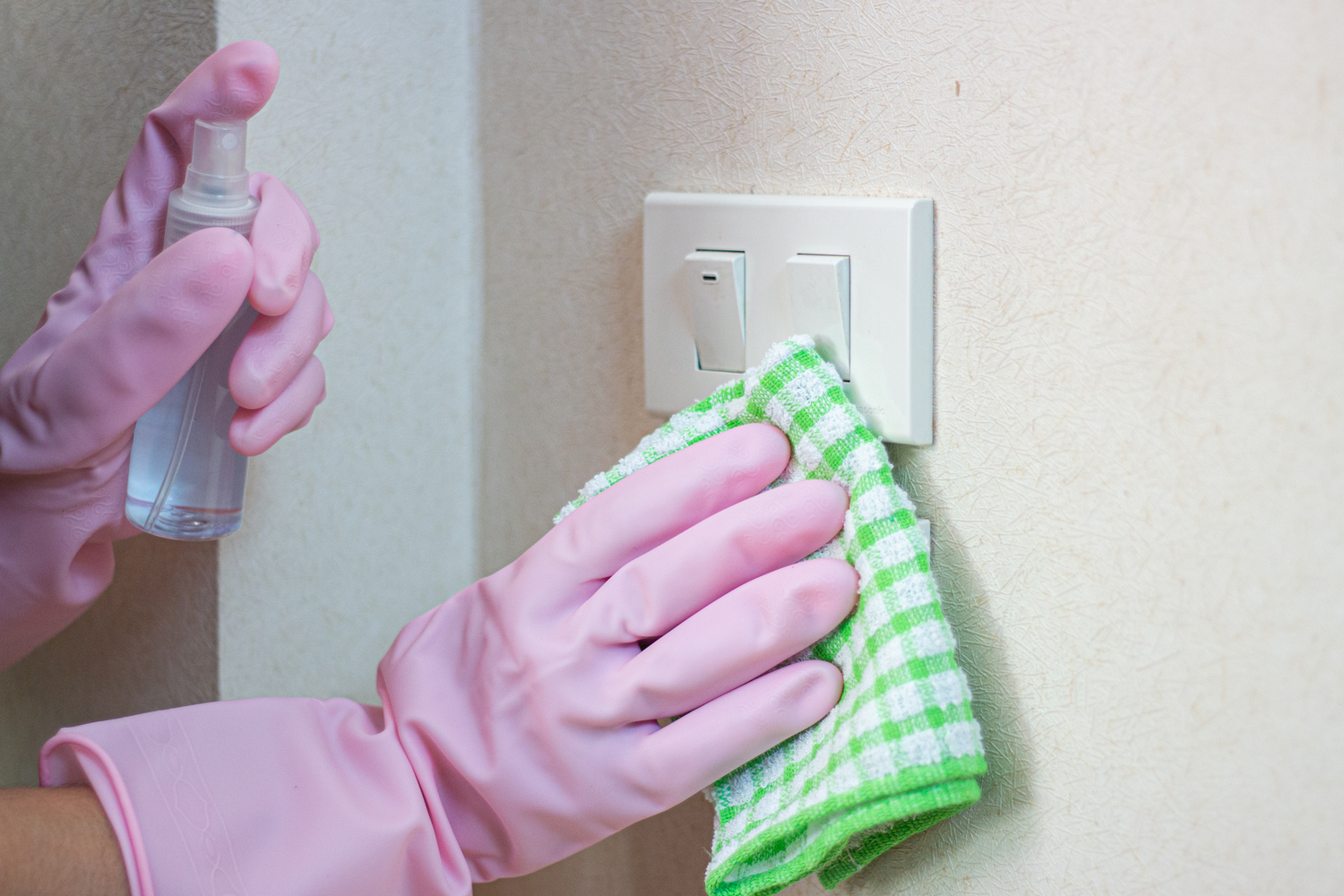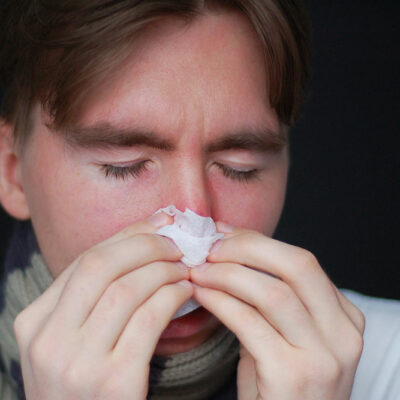
Top Places Germs and Bacteria Thrive in the Home
Germs and bacteria are everywhere, invisible to the naked eye. Cleaning regularly can help to get rid of these pesky little invaders. Fabuloso Floor Cleaner, Pine Sol All Purpose Cleaner, laundry detergent, and Clorox Multi-Surface Cleaner are only a few of the many products that can help to kill bothersome germs and bacteria that thrive in our homes. Before putting these products to the test, however, it’s important to know about some of the top places inside of your home where you can find the germs and bacteria that you’re seeking to eliminate. Keep reading to learn more:
1. Sponges
While plenty of us use sponges to wash our dishes, scrub our showers, or clean other areas of our home, they actually harbor a lot of nasty germs. As a result of the dozens of small holes in a sponge, bacteria can make itself at home by flourishing and forming difficult to remove clusters. To get rid of these gross invaders, running your sponge in the dishwasher, placing it into the microwave in a bowl of soapy water, or soaking it in a diluted bleach solution are all viable solutions.
2. Laundry
Running a laundry cycle and leaving a pile of wet clothes in the washing machine for over 30 minutes can actually lead to a number of germs flourishing. Thus, it is recommended that you transfer your wet lumps of clothes immediately to the dryer as soon as the wash cycle is complete. By wiping down surfaces or the washer drum with a disinfecting wipe before your clothes come into contact with them, you can take the extra step to protect yourself from germ growth.
3. Spice jars
While this one may come as a surprise for some people, it’s true that spice jars are a major spot where germs thrive in the home. Due to the consistent handling of spice jars, bacteria can be transferred and picked up incredibly quickly, often making its way into your food. For instance, during a study where participants were asked to prepare turkey patties, it was discovered that bacteria from the turkey was transferred and detected on 48% of the spice jars once the meal was made. Yuck! To prevent this from happening, it’s likely a good idea to regularly clean your spice jars with disinfectant wipes or a hot, soapy cloth. And, as always, wash your hands—especially when cooking with or handling raw meat!
4. Bathtubs
If you have a bathtub in your home, you may be housing a whole slew of bacteria that you’ve been blissfully unaware of. Studies have shown that the staphylococcus bacteria has been found in 26% of tubs tested. However, this is just the case for regular bathtubs—unfortunately, whirlpool bathtubs are far worse. Since the piping system holds onto nasty moisture that keeps bacteria alive, a biofilm is created that, when water is run through the jets, these little gross bacteria become fumes that enter the lungs and cause respiratory infections. Another study—conducted by microbiologist Rita Moyes—found that all whirlpool tubs housed bacterial growth ranging from mild to dangerous. Nearly every tub contained bacteria from fecal matter, while 81% had fungi and 34% had staph bacteria.


